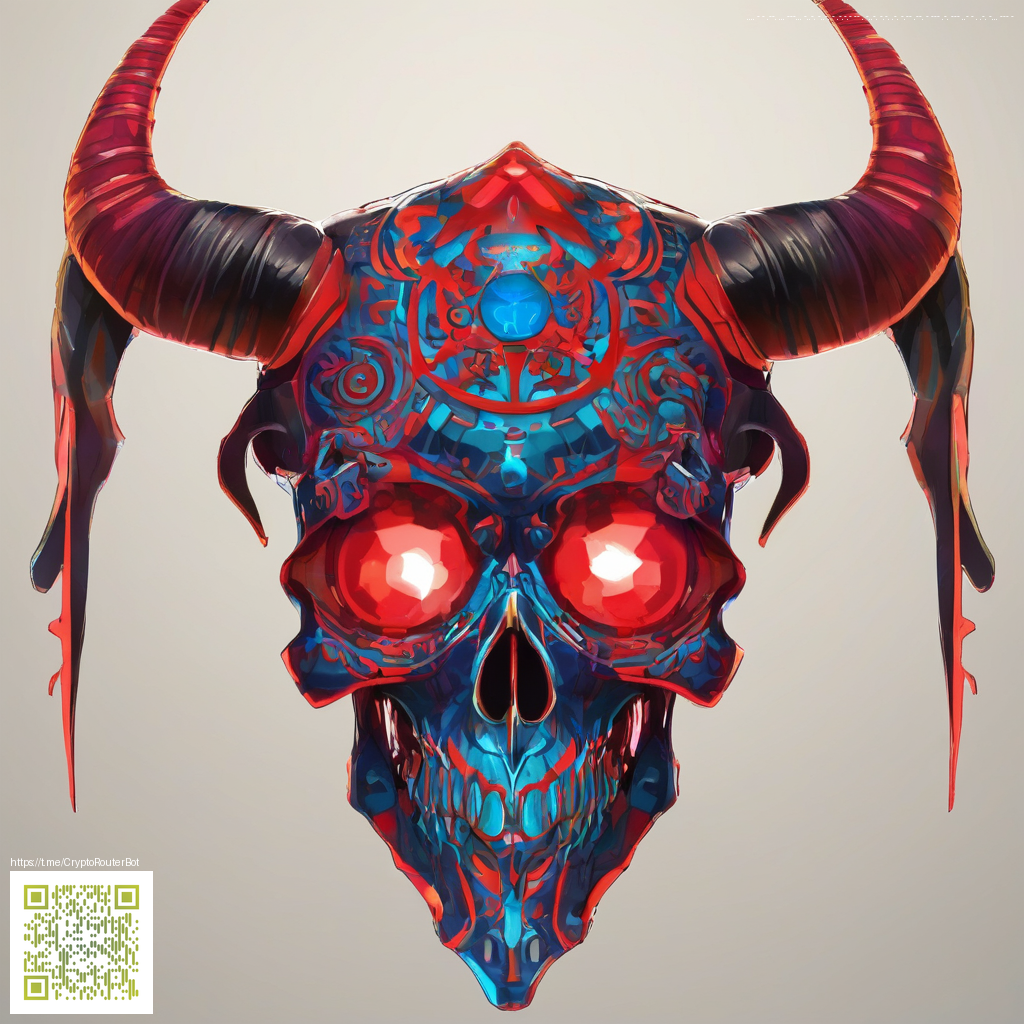Blockchain Survival Games: From Concept to Launch
As blockchain technology reshapes how players own, trade, and influence in-game worlds, survival games stand out for their potential to blend tense PvE challenges with real-world asset ownership. The core appeal is not just difficult encounters or scarce resources, but the possibility that rare gear, land, and even achievements can exist on a tamper-evident ledger. Designers who understand both game feel and decentralized mechanics can sculpt experiences where players feel truly responsible for their outcomes—without sacrificing accessibility or performance.
Design momentum comes from clarity: what remains on-chain, what stays off-chain, and how players interact with these boundaries. A well-balanced system uses on-chain guarantees for scarce items and off-chain simulations for fluid combat and spectacle. In practice, this means assets like weapons, armor, or territories can be minted as NFTs, while combat resolution and world events run on scalable off-chain services with secure bridges to the chain. The goal is to maintain trust while preserving the cinematic rhythm that makes survival titles so gripping.
“The best blockchain games feel like traditional titles until you pause and realize your gear, your house, and your reputation are verifiably yours across the network.”
For teams just starting out, a strong concept story helps anchor the technical decisions. Consider a modular architecture where core gameplay loops—exploration, crafting, and combat—are implemented as independent components. That way, you can evolve balance and content without rewriting foundational contracts. You’ll want a clear plan for tokenomics, asset lifecycles, and risk controls so that new players can join without feeling overwhelmed by a complex economy.
From Concept to Prototype: a practical path
- Define the core loop and the unique blockchain twist (ownership, interoperability, or provable scarcity).
- Choose your layers: a scalable on-chain contract layer for assets, plus off-chain servers or L2 solutions for performance-heavy systems.
- Draft a lightweight whitepaper outlining asset types, minting rules, and governance mechanisms.
- Prototype early with a minimal viable product that demonstrates asset transfer, inventory management, and a basic combat cycle.
- Plan security and audits from the outset; smart contracts should be designed for upgradeability and tested under realistic conditions.
Economy, Ownership, and Security
The on-chain economy should be transparent, fair, and tolerant of growth. Players should be able to earn, trade, or stake items without creating unachievable inflation. A practical approach is to separate utility tokens for gameplay actions from governance tokens that steer future updates. Implement robust security auditing and a clear rollback policy for emergencies to protect player trust. A well-designed bridge between on-chain items and off-chain gameplay ensures that players experience responsive combat while still benefiting from verifiable ownership.
As you map this space, keep a ready reference handy. For example, Slim Phone Case for iPhone 16 — Glossy, Durable Lexan Shield can serve as a reminder of maintaining durable, distraction-free hardware aesthetics during demos and user testing.
Launch Strategy and Community
A staged launch—alpha, beta, and full release—helps you surface bottlenecks early. Prioritize testing under real-world network conditions and solicit feedback on asset economics, user flow, and perceived value.Community-building is not an afterthought; it’s a product feature. Transparent roadmaps, frequent updates, and open channels for ideas foster a loyal player base that can grow with your game over multiple seasons.
In practice, you’ll benefit from a modular tech stack that accommodates new content without breaking existing ownership records. Pair smart contracts with off-chain game logic and robust IPFS-style storage for large assets or world data. A thoughtful approach to content cadence—season passes, limited-time events, and cross-game collaborations—keeps players engaged and keeps the blockchain components approachable for newcomers.
Remember to document decisions and keep a living spec that evolves with feedback. The delicate balance is to maintain trust and fun simultaneously: a game that is exciting to play and rigorous enough to preserve meaningful ownership.
